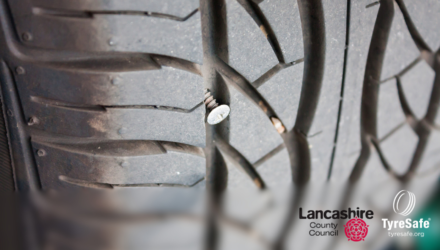
NTU Associated Professor Chen Xiaodong with his invention
Promises a major breakthrough in battery technology for electric vehicles
It goes without say that charge times are one of the big issues preventing people from taking on an electric vehicle, so news of a major breakthrough in battery technology could prove to be the information people have been waiting for.
The lithium-ion battery has been developed by a group of Singaporean scientists, promising recharge within minutes. The battery’s anode part consists of innovative titanium dioxide nanotubes instead of traditionally used graphite, which speeds up chemical reactions in the battery, allowing for extremely fast charging.
While conventional lithium-ion batteries require up to four hours to fully charge, the innovative titanium dioxide device could be charged by 70% in only two minutes.
This breakthrough could lead to construction of lithium-ion batteries that not only charge 20 times faster, but also offer a 20 times greater lifespan – potentially lasting for 10,000 charge cycles instead of today’s 500.
Talking to the Advanced Materials journal, Chen Xiaodong, inventor of the battery and Associate Professor at the School of Materials Science and Engineering at Nanyang Technological University (NTU) Singapore, said: “With our nanotechnology, electric cars would be able to increase their range dramatically with just five minutes of charging, which is on par with the time needed to pump petrol for current cars,
“Equally important, we can now drastically cut down the waste generated by disposed batteries, since our batteries last ten times longer than the current generation of lithium-ion batteries.”
The increased lifespan of the titanium dioxide Li-ion batteries would help save electric car drivers considerable amounts of money as changing current Li-ion batteries at the end of their lifetime costs £3,000 per each replacement.
The rather low cost of titanium dioxide, an abundant material commonly found in soil, is another major advantage of the innovative concept. The material is commonly used as a food additive or in sunscreen lotions to absorb harmful radiation.
The team plans to have the technology market-ready in two years, and the technology leap could potentially have a huge impact on the EV market, fleet uptake, congestion and pollution. We’ll be reporting more on this breakthrough as news comes through.

















